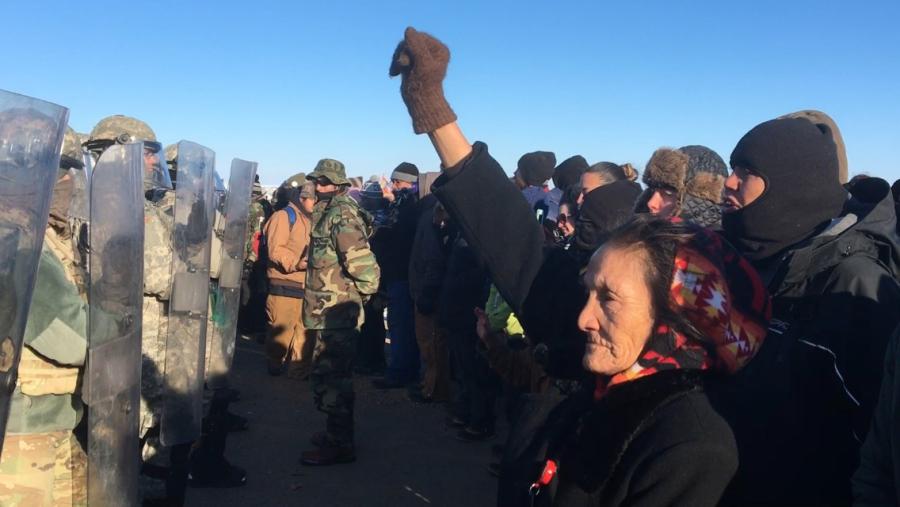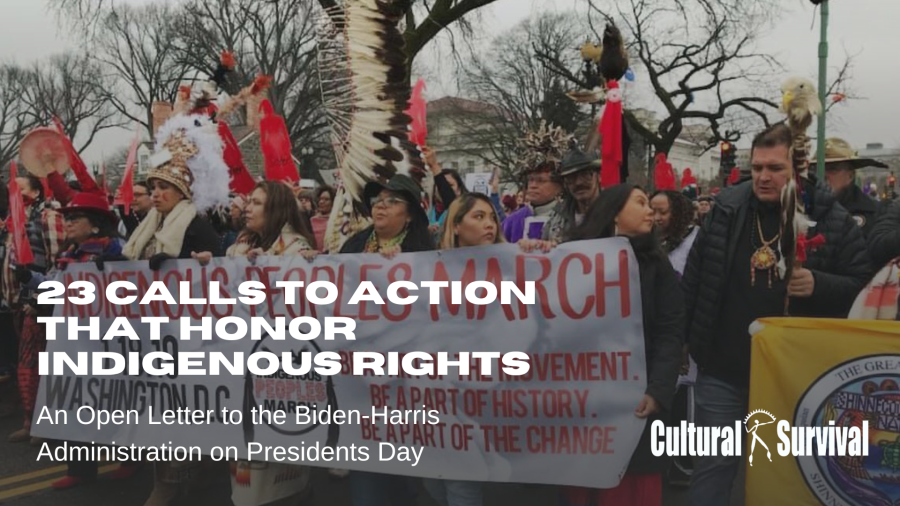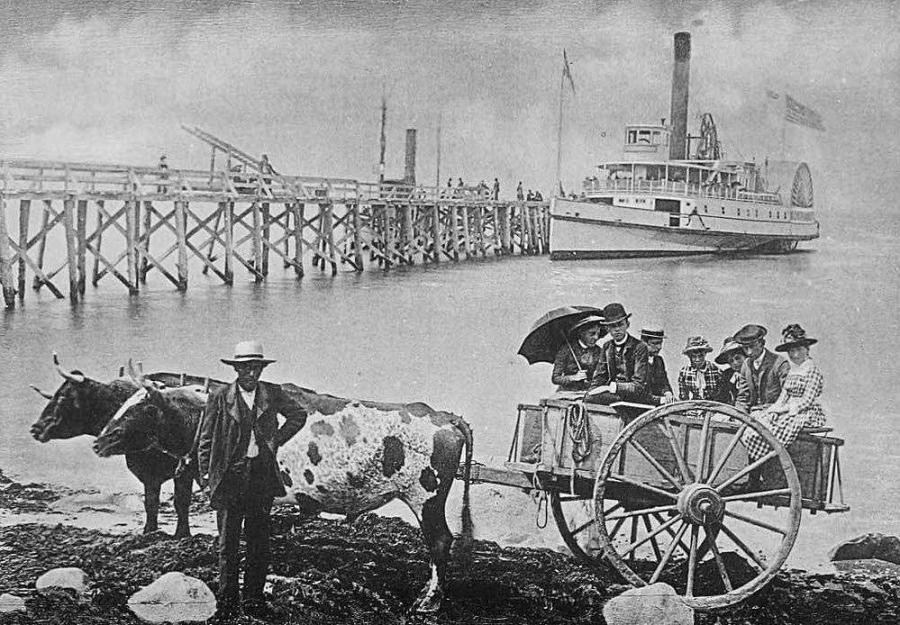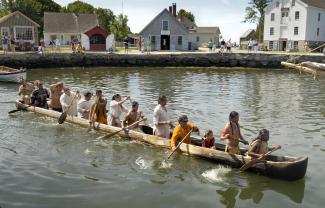
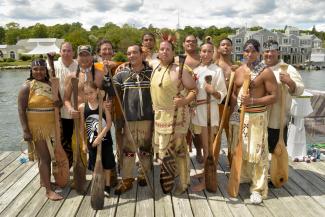
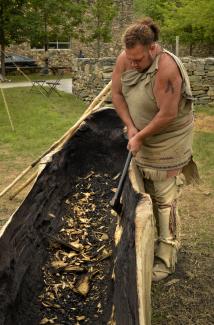
It was dusk; as light faded and the darkness crept in around the site, we were quietly sitting, watching the fire. Blasts of smoke would hit us as the wind shifted. Bird calls made way for the bats flying silently above us. And the boat just burned on.
My community has been fortunate to have many knowledgeable mentors in the traditional arts, so I would like to begin by acknowledging Darrel Wixon and the late Nanepashemet (Anthony Pollard), who, along with many others, helped to maintain our traditions of constructing vessels and homes as well as the fine arts. Our community has many accomplished artisans, researchers, and knowledge keepers, and I had the pleasure of studying under them as a young teen and into my young adult years. I honed my skill working for the Wampanoag Indigenous Program at Plimoth Plantation, a living history museum located south of Boston, Massachusetts. There were many days spent by the river working on various sized dugout canoes alongside Darius Coombs of the Mashpee Wampanoag Tribe, among numerous others. In my early days at Plimoth Plantation, it was Coombs who helped me to expand my understanding and experience with the process of burning a dugout canoe. Between he and I, we have made over 100 dugouts. This experience gave me the confidence to take on a project of even greater magnitude.
Mission Mishoon was a 12-week exhibition at the Mashantucket Pequot Museum and Research Center demonstrating the creation of a mishoon (dugout canoe) from start to finish for the museum’s grand re-opening in May 2015. To make this happen, I assembled a team consisting of Coombs; Andrew DeVido and James Hakenson (Aquinnah Wampanoag); and Leah Hopkins (Narragansett). The manager of museum education, Christopher Newell (Passamaquoddy), museum educators Matt Bigos (Schagticoke) and Nakai Northrup (Mashantucket Pequot), museum executive director Jason Mancini, and Jay Levy, an Indigenous Colombian, were integral as well.
We began by removing the bark from a 36-foot tulip poplar log harvested locally in Ledyard, Connecticut, upon which we built several small fires along the top to begin the shaping process. Much like our ancestors, we decided to burn 24 hours per day for the duration of the exhibit. We took turns sleeping and watching the vessel burn throughout the night to ensure the continuous removal of material. The 3 a.m. shifts were the hardest as we were tired and chilly, waiting for our relief. But at the same time, this was when it was the most beautiful: the dark silent night, the fog in the air, and the crackle of the red and blue embers emanating intense amounts of heat. The only sounds were the hissing of the evaporating sap and the crackle of the hardwood. Youth and Elders ensured the continuous burn in the early evenings; stories and beautiful songs were told and sung, and in this, the spirit of the boat came alive.
The vessel became a gathering place—an extended community center at times, where feasts were created on the very fires that burnt the vessel out. Great meals were shared of traditional foods, and people from far away Nations visited and bestowed gifts upon the boat to aid her in the preparation for her journey. Many laughs were shared over the fire, as well as many prayers and memories too numerous to recount. The project brought our larger Native community together in ways that I cannot remember since my youth.
Mission Mishoon brought together folks from the Aquinnah and Mashpee Wampanoag communities, the Narragansett, Pequot, Mohegan, Passamaquoddy, Schagticoke, Hunkpapa Lakota, Crow, Haliwa-Saponi, Navajo, Shinnecock, Cree, Apache, and many other Nations. Each of the visitors brought a piece of themselves and their community to the boat, and each of those gifts are now part of the vessel’s existence. Levy, who spent time late into the evening tending the fire with his young son Cacique and camping out next to the mishoon, reflected upon his experience: “This canoe has brought the community together as it is supposed to. You can learn a lot around a fire. This burning brought pride and tradition. Knowledge and laughter were shared, ceremony, prayer and songs were sung…life was celebrated as the tree gave its life for its new life as a mishoon. It is a part of our way. A part of the Pequot people. A part of all of us. It will continue to bring the community together, educate, and share its beauty.”
After 12 days and nights of burning and scraping, the mishoon was ready for the water. She was quietly moved on an early August morning to the Mystic River in Connecticut where the launch would occur at the Mystic Seaport Museum. Last minute preparations were made: the scraping and cleaning of the vessel by the Pequot youth, as well as the carving and sanding of the paddles by Manuel Lizzeralde. That first moment when we each stepped into the mishoon as part of the practice run the night before the journey into the ocean was the moment it was made real. We all agreed that she should be named Nookomuhs (My Grandmother), as she is the first of her size made by the hands of many Nations for the first time in over 200 years.
The sun was setting as each of us stepped into Nookomuhs, and she didn’t rock, she didn’t tip; she was the most stable boat that has ever carried me. It was a surreal moment pushing off from the dock and heading west, hearing our paddles kiss the water for the first time in the Mystic. The water was calm and the river was quiet. Despite the houses, boats, docks, and surrounding developments, we were alone. It was just about us and the mishoon, and all the work we had done finally coming to fruition. Birds in the distance were settling into their nests for the night, and the only other sound was the water dripping off of our paddles. All that was left was the journey itself.
The next morning we gathered the supplies and medicines, ate a hearty breakfast, and prepared ourselves mentally and spiritually for the paddle. As we arrived at the dock, we were greeted by a crowd of well-wishers, family, friends, and community members. Our paddlers—myself, Coombs, DeVido, Hopkins, Newell, Levy, Northrup, Bigos, Cliff Sebastian, Chanae Bullock, Lizzeralde, and Mashantucket Pequot Chairman Rodney Butler—participated in the blessing of our paddles, ourselves, and Nookomuhs.
We departed with an eruption of cheers and sang our way down the river, which was active with large boats, kayakers, and other canoes, many of them having come out to join us in our endeavor. The waves increased in frequency and height as we neared the bay and headed into the open ocean. We were passed by larger boats creating strong wakes, but we were able to turn the boat in such a way that we broke these larger wakes and created our own. Due to the length and weight of the vessel, it often required two people to steer.
We snaked our way down the river and landed at Noank, the first Pequot reservation established in 1651, where we took a short break and feasted on blueberries. After recouping, we launched Nookomuhs once again and started our journey back to the seaport. All of the paddlers were in sync, and we were pulling the water underneath the boat with such force that we were passing motored boats traveling alongside of us. To maintain our momentum, we each took turns singing old songs and calling cadence to keep us on beat.
The most powerful moment was when we were paddling back into downtown Mystic and the public was gathered on either side of the river, as well as above us on the drawbridge. We paddled deeper, our songs got louder—so loud that they echoed in the town above us—and everybody knew that we are still here. The moment we tied off onto the dock was the culmination of all the dedication, hard work and experience in the water, and skill of the paddlers. It was powerful and bittersweet. We were bringing Nookomuhs back to port, we were bringing her home. We had worked and taught people—the Indigenous people—from start to finish, and it ended in success.
— Jonathan Perry (Aquinnah Wampanoag) is a traditional artist and performer, and is a senior cultural resource monitor for the Wampanoag Tribe of Gay Head (Aquinnah). He also serves as a councilman for his Nation and a board member of the Association of American Indian Affairs.
Photos copyright Craig S. Milner.
